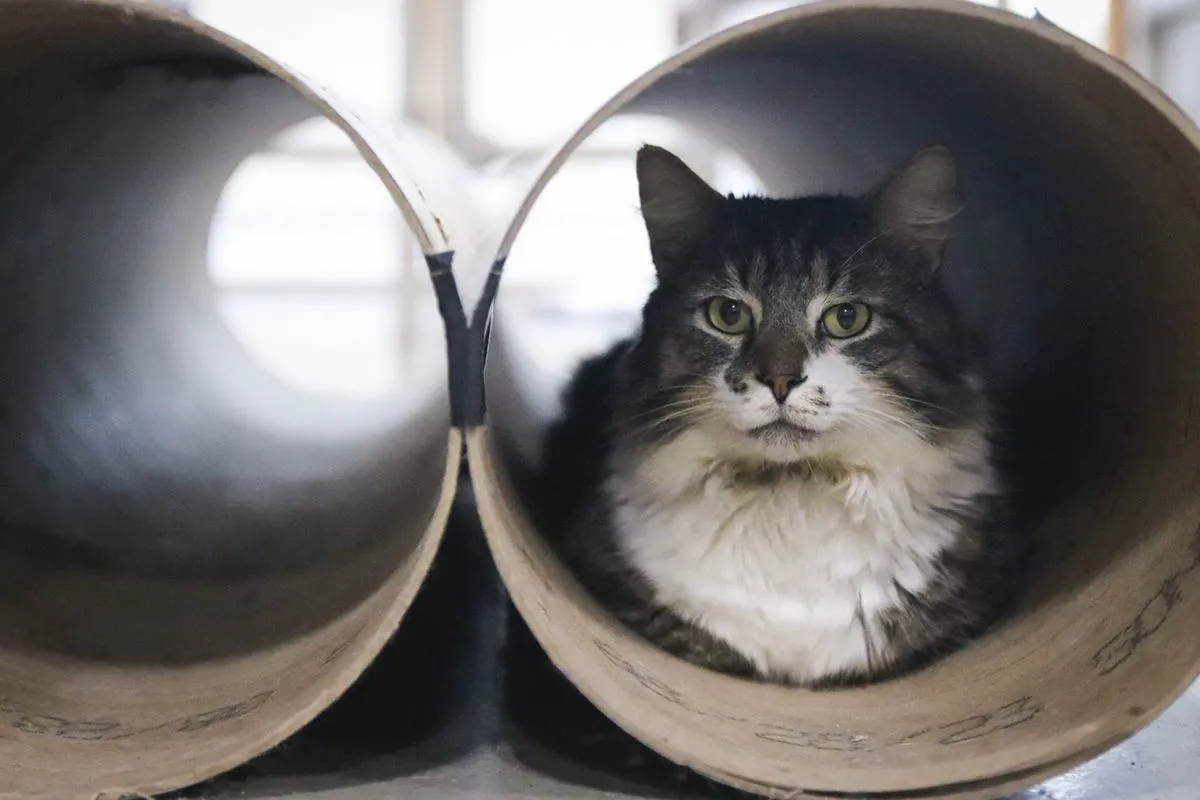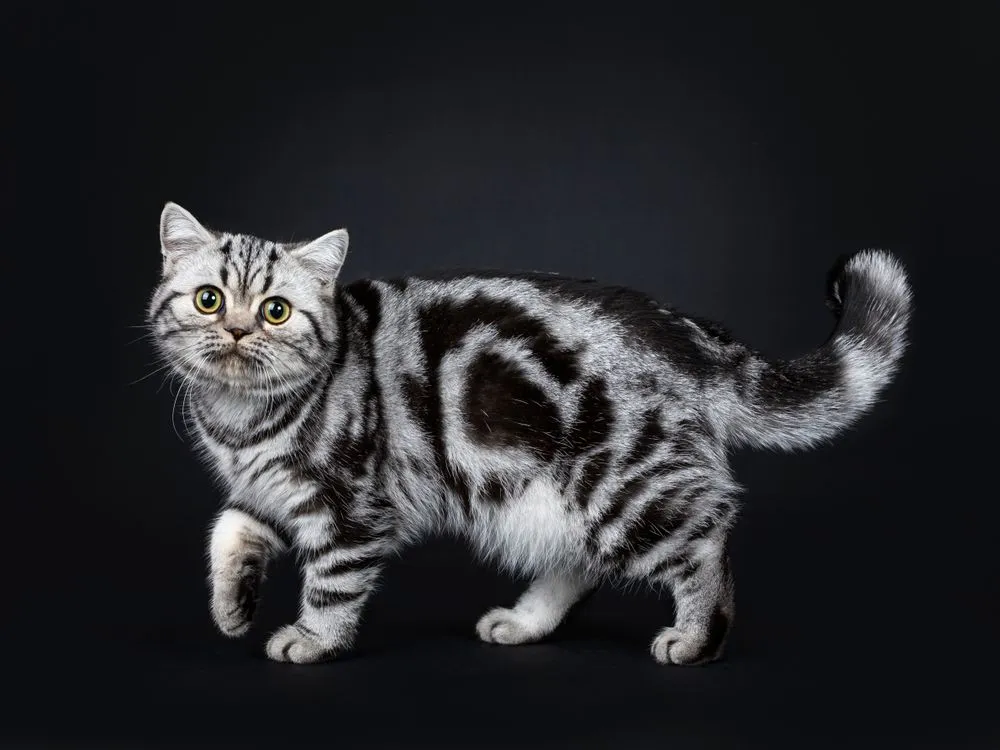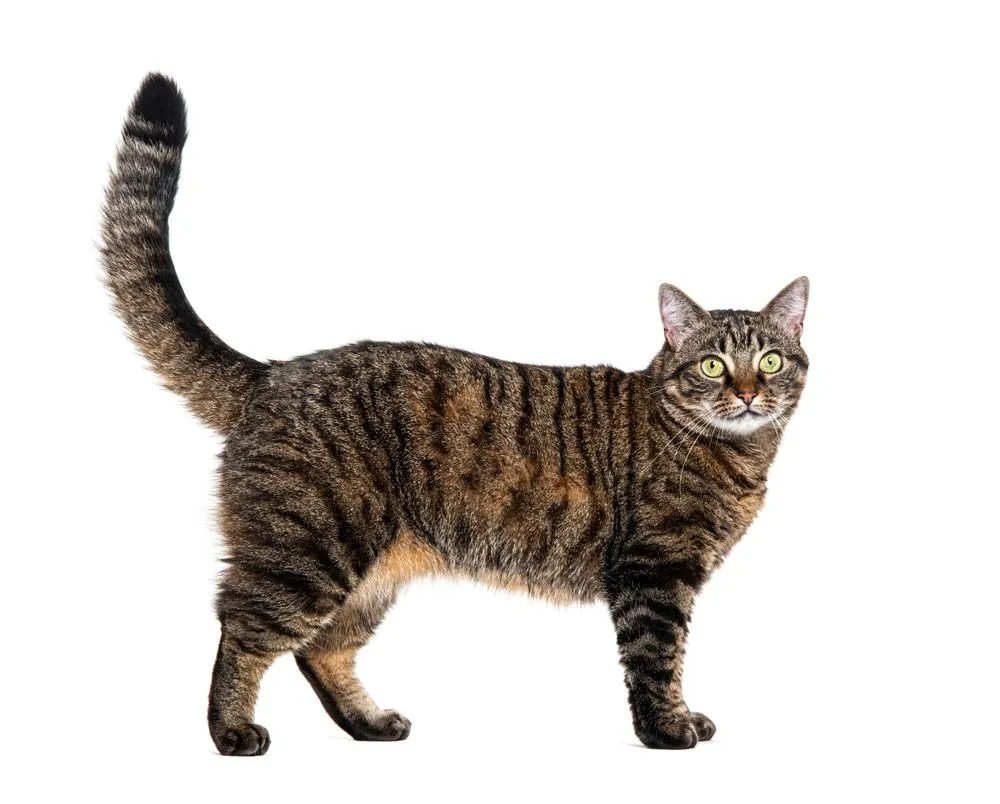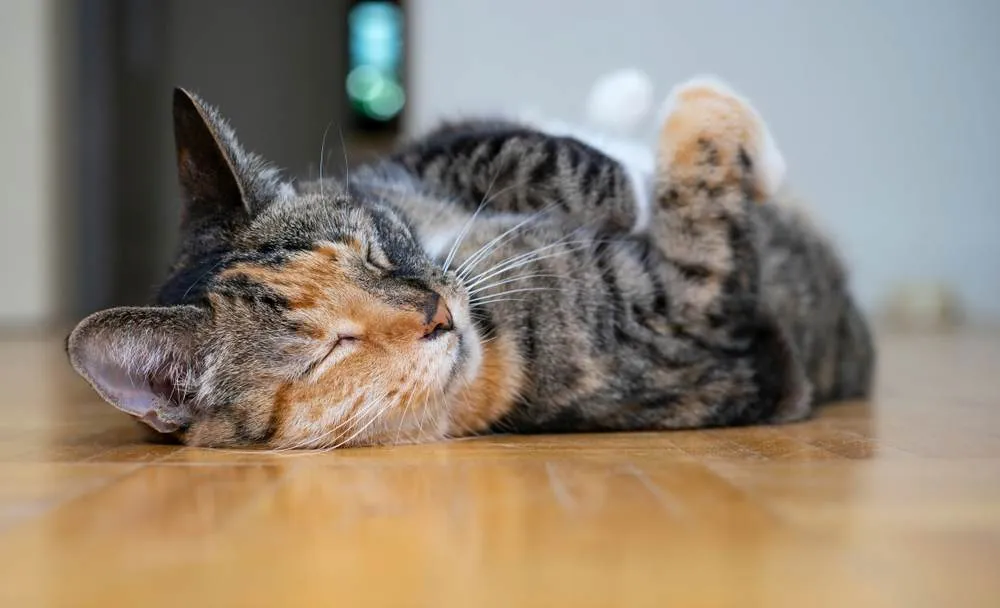Tabby cat patterns are among the most recognizable and beloved coat designs in domestic cats. Often mistaken for a specific breed, “tabby” actually describes a unique genetic marking featuring stripes, swirls, spots, or ticked hairs. Whether you’re a new cat owner spotting these patterns on a shelter kitten or admiring a purebred, understanding tabby cat patterns helps you appreciate their wild ancestry and diversity. These markings trace back to the African wildcat, the ancestor of all modern cats, making tabbies a natural choice for many households.
All domestic cats carry the tabby gene, though it can be hidden by solid colors or other patterns. Tabby cats dominate mixed breeds and popular lines alike, offering striking visuals in shades from brown and silver to orange and blue. For instance, elegant varieties like the small Persian cat often showcase these patterns beautifully.
Key Takeaways on Tabby Cat Patterns
- The tabby pattern is the most prevalent coat type worldwide.
- Five distinct variations exist, defined by stripes, swirls, spots, patches, or ticked fur.
- Mackerel is the wild-type default, dominant in feral populations.
Veterinarians note that recognizing these patterns aids in health assessments, as coat quality reflects nutrition and genetics—key for proactive pet care.
Essential Facts About Tabby Genetics
Genetically, every cat has tabby underpinnings, but dominant solid or pointed genes can mask them. This explains why tabby emerges in nearly all random-bred cats. Orange and cream cats always show tabby traits due to the red gene’s interaction, even if subtle. Lighting and fur length can make markings faint, but a close inspection reveals them.
 Long Hair Grey White Tabby Cat Laying Lounging Hiding In Tube Tunnel
Long Hair Grey White Tabby Cat Laying Lounging Hiding In Tube Tunnel
Authored by feline experts, resources like Cats.com emphasize that tabby diversity stems from simple dominance: mackerel overrides others without selective breeding.
How to Spot Tabby Cat Patterns
Identification begins with the face. Every tabby boasts an iconic “M” on the forehead—a nod to ancient lore linking it to Egyptian cats or religious figures. Facial stripes frame the eyes, creating an expressive, masked look. Body checks confirm: vertical lines, loops, or bands signal tabby heritage.
No orange tabby exists without markings; the gene ensures visibility. For ambiguous cases, part the fur or use good light. Breeds like the Maine Coon hypoallergenic variety highlight how tabby enhances majestic builds.
The 5 Distinct Tabby Cat Patterns
Tabby cat patterns break into five categories based on stripe arrangement, swirls, or fur structure. Each offers unique appeal, from wild stripes to subtle banding.
1. Classic (Blotched) Tabby
 Cute little black silver blotched British Shorthair cat.
Cute little black silver blotched British Shorthair cat.
Resembling a marble cake, the classic tabby features bold swirls and bullseye loops along the sides, back, and legs. Lacking straight stripes, these cats evoke artistic fluidity. British Shorthairs often exemplify this pattern, prized for its dramatic contrast. Owners report classic tabbies as relaxed companions, with coats thriving on high-protein diets recommended by the Association of American Feed Control Officials (AAFCO).
2. Mackerel Tabby
 Side view of a tabby crossbreed cat standing
Side view of a tabby crossbreed cat standing
The mackerel, or “tiger cat,” mimics fish bones with parallel vertical stripes and a bold spinal line. As the ancestral default, it’s dominant—feral colonies revert to it quickly. Narrower than classic swirls, these stripes define everyday tabbies. Mixed breeds dominate here, proving tabby resilience in shelters.
This pattern suits active cats, where grooming prevents matting, per veterinary grooming guidelines.
3. Spotted Tabby
 Beautiful Oriental silver spotted tabby cat
Beautiful Oriental silver spotted tabby cat
Spots replace stripes in organized rows along the body, akin to broken mackerels. Sizes vary, dotting flanks and shoulders. Oriental breeds shine in this style, blending exotic flair with playfulness. Spots enhance camouflage instincts, a remnant of wild roots—ideal for indoor explorers.
4. Patched Tabby
 Torbie cat lying on its back and sleeping on the floor.
Torbie cat lying on its back and sleeping on the floor.
Patched tabbies mix tabby zones with tortoiseshell patches, earning “torbie” nicknames. Brown tabby blends with orange, ignoring base color for pattern overlays. Calicos with tabby traits become “calibys.” Diverse patches demand balanced nutrition to maintain vibrancy, as advised by feline nutritionists.
Adorable examples include long haired black and white cat mixes.
5. Ticked Tabby
 Beautiful female Ruddy Abyssinian cat.
Beautiful female Ruddy Abyssinian cat.
Subtlest of all, ticked tabbies lack bold marks, relying on agouti hairs—each strand banded light-to-dark. The forehead “M” persists. Abyssinians epitomize this, with shimmering coats from microscopic stripes. Close inspection under light reveals the magic, perfect for low-shed homes.
Why Tabby Cats Captivate Pet Lovers
Tabby patterns grace breeds like Maine Coon, British Shorthair, Persian, Egyptian Mau, and American Bobtail, plus countless mixes. From cuddly cutest cat breed in the world contenders to cozy sleepers needing the best heated cat beds, tabbies adapt to all lifestyles. Their personalities range from bold hunters to lap warmers, united by eye-catching coats.
Real-world experience from shelters shows tabbies as hardy, low-maintenance stars—ideal starters for families.
Final Thoughts on Tabby Cat Patterns
Mastering the five tabby cat patterns—classic, mackerel, spotted, patched, and ticked—unlocks deeper feline appreciation. Start with the “M” mark, then explore body details for confirmation. Prioritize quality care: vet check-ups, AAFCO-approved food, and grooming ensure these patterns stay vivid.
Consult your veterinarian for breed-specific advice, and explore shelters for your tabby match. Dive into more cat care tips on our site!
References
- Cats.com: Peer-reviewed feline genetics articles (accessed 2025).
- American Veterinary Medical Association (AVMA): Coat pattern guidelines.
- Association of American Feed Control Officials (AAFCO): Pet nutrition standards.
